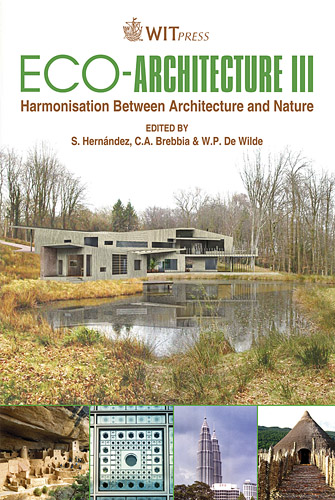Planning The Integration Of New Technologies For Sustainability: Case Study Of A School Building's Restoration Project In Rome
Price
Free (open access)
Transaction
Volume
128
Pages
12
Page Range
423 - 434
Published
2010
Size
3,320 kb
Paper DOI
10.2495/ARC100361
Copyright
WIT Press
Author(s)
L. de Santoli, F. Fraticelli & F. Fornari
Abstract
The research for sustainability challenges us to reconsider the way we think about architecture and offers great opportunities to renew its formal language with new technologies, as it did in the beginning of the 1900s with the introduction of reinforced concrete, steel and glass in modern architecture. We need to transform the architectonic envelope in a smart skin, a selective filter with the capacity to control the energy fluxes between indoor and outdoor environments, to change its working according to different weather conditions and to fully exploit renewable resources. This can be done with new technologies that must be integrated in constructive systems in order to combine the enhancement of energetic efficiency with aesthetic requirements, which is even more important in building restoration, whose landmark preservation principles are more restrictive. Planning the integration is the theme of the research, performed on a school building restoration project, built during the 1980s in the periphery of Rome. This building is a representative model in terms of time of construction, typology, constructive technologies, dimensions and energy consumption; therefore, it can roughly describe 60% of Roman schools, whose total estate is of 13.5 million cubic meters in 1,296 buildings. Keywords: green building technologies, BIPV, integration of photovoltaic, solar design, sustainable architecture. 1 Introduction Almost 35-40% of energy consumption in Europe [1] is due to buildings and, in view of the technologies available, it forms the field with the widest room for improvement in energy savings. The enhancement of energy efficiency in www.witpress.com, ISSN 1743-3541 (on-line) WIT Transactions on Ecology and the Environment, Vol 128, © 2010 WIT Press doi:10.2495/ARC100361
Keywords
green building technologies, BIPV, integration of photovoltaic, solar design, sustainable architecture





